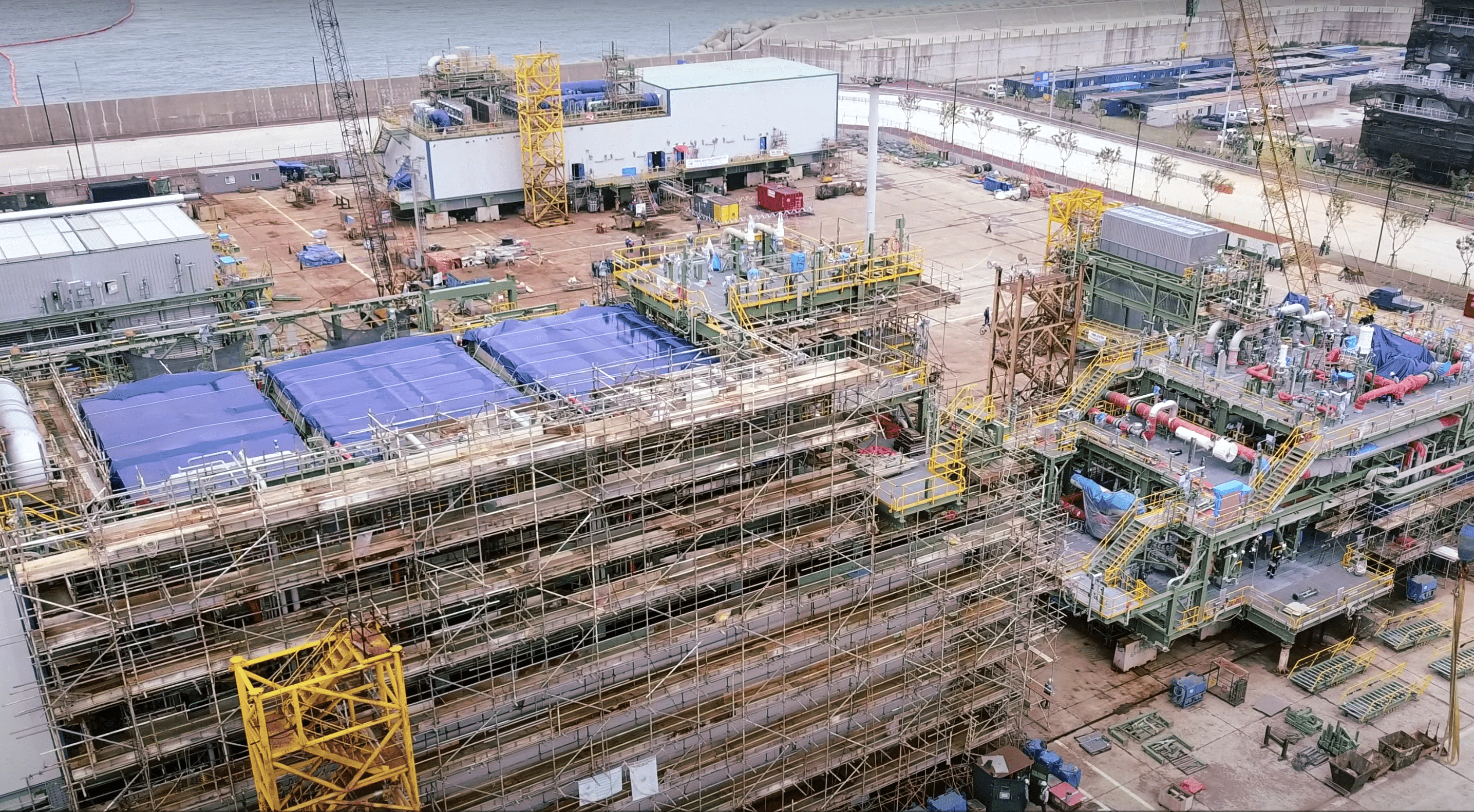Creating a culture for success on large-scale capital projects
Five key safety and performance strategies and the impact that can be achieved from adopting them.



Five key safety and performance strategies and the impact that can be achieved from adopting them.
1. Embed a safety culture
A strong, Incident and Injury Free™ (IIF™) safety culture at leadership level is critical. By ingraining safety in the core of your project’s operations, you not only reduce incidents you also unite teams with a shared purpose. Clear protocols, consistent messaging, and visible reminders can help maintain this focus across all areas and levels of the project.
2. Break down silos
Siloed work environments are a common challenge in multinational capital projects. To combat this, it’s essential to establish open communication channels between leadership, contractors, and employees. Actively promoting regular, transparent communication can break down barriers and create a more collaborative environment.
3. Engage employees
Employee engagement is critical to a project’s success. When employees feel empowered to voice concerns and contribute to the safety culture, it can lead to innovative solutions and stronger team cohesion. Creating platforms for idea sharing and feedback ensures that every voice is heard and valued.
4. Adapt to change
In dynamic environments, flexibility is key. Projects often face unforeseen challenges, such as the COVID-19 pandemic. By staying adaptable – whether through technology, adjusted workflows, or new safety measures – you can maintain momentum and ensure that project goals are met, regardless of external changes.
5. Lead by example
Effective leadership sets the tone for the entire project. Leaders who model commitment to safety influence the behavior of everyone involved, driving positive outcomes across the project. Strong leadership ensures that the values of safety and teamwork are not just preached but practiced.
An example of these principles in action is Tengizchevroil’s Future Growth Project-Wellhead Pressure Management Project (FGP-WPMP), one of the largest oilfield expansion efforts in the world. This project, which involved up to 50,000 workers across 19 locations in 11 countries, encountered significant challenges, including cultural and linguistic barriers, safety concerns, and communication breakdowns.
In partnership with JMJ, Tengizchevroil successfully implemented a project-wide Incident and Injury-Free (IIF) culture, with 25,000 individuals actively participating in the safety approach. The impact was profound, including:
This is just one example which illustrates how these key strategies can be applied to overcome challenges and deliver exceptional results. For more detailed insights, read the full case study.
The principles outlined here are not exclusive to a single project—they can be applied across multiple industries and regions to drive capital project success. By embedding a safety culture, breaking down silos, engaging employees, adapting to change, and leading by example, you can cultivate a culture where safety and performance go hand in hand. Whether managing a global team or overseeing a multi-million-dollar initiative, these strategies offer a pathway to navigate complexity and achieve your project goals.